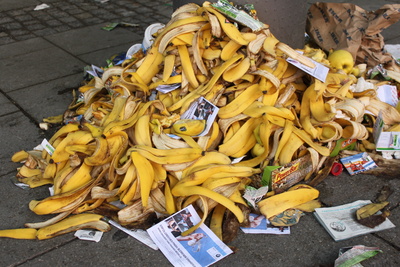Of that, 32 percent – equalling 11.2 million metric tonnes of lost food – is avoidable and is edible food that could be redirected to support people in our communities. The total financial value of this potentially rescuable lost and wasted food is a staggering $49.46 billion.
These unprecedented findings are the result of a year-long research project undertaken by Second Harvest, Canada’s largest food rescue organization, and Value Chain Management International, a leading public and industry voice in the area of food waste. This ground-breaking report is being released today in Toronto.
The report, funded by the Walmart Foundation, is the first to use front-line, primary data from the entire food supply chain. It is also the first to create a standardized system of measurement that can be used by any food business – in Canada and globally – to track and reduce their food loss and waste.
“There is no social, environmental or business case for food waste, and yet it has become standard operating procedure in the food industry, not just in Canada but globally,” said Lori Nikkel, CEO, Second Harvest. “But with this research, we all now have the data and the tools to transform this crisis into a triple-bottom-line win across the value chain.”
Based on responses from more than 700 food industry leaders across Canada, The Avoidable Crisis of Food Waste identifies approximately 30 root causes of food loss and waste, including:
- The acceptance of waste by the food industry as the cost of doing business, a belief sustained by low tipping and landfill fees;
- Conservative best before dates that lead to industry and consumers throwing away food that is still safe and edible;
- Pressure on producers to provide 100 percent on-shelf availability and aesthetic perfection, particularly with fruits and vegetables, leading to over-production; and
- Reluctance in the food industry to donate safe, edible surplus food despite Good Samaritan legislation that already exists to facilitate donation.
The Avoidable Crisis of Food Waste also provides more than 100 actions for industry, industry organizations and government to begin to quantify food loss and waste, address the negative economic and environmental impacts, and support community food programs.
“There is more than enough food produced in Canada and the world that no one ever needs to be hungry. This report provides us with concrete solutions that will allow food to get to those who need it,” said Nikkel.











